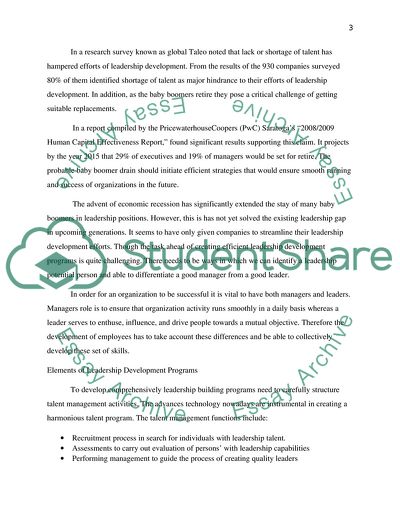Cite this document
(Global Leadership Development Coursework Example | Topics and Well Written Essays - 2750 words, n.d.)
Global Leadership Development Coursework Example | Topics and Well Written Essays - 2750 words. https://studentshare.org/management/1868212-global-leadership-development
Global Leadership Development Coursework Example | Topics and Well Written Essays - 2750 words. https://studentshare.org/management/1868212-global-leadership-development
(Global Leadership Development Coursework Example | Topics and Well Written Essays - 2750 Words)
Global Leadership Development Coursework Example | Topics and Well Written Essays - 2750 Words. https://studentshare.org/management/1868212-global-leadership-development.
Global Leadership Development Coursework Example | Topics and Well Written Essays - 2750 Words. https://studentshare.org/management/1868212-global-leadership-development.
“Global Leadership Development Coursework Example | Topics and Well Written Essays - 2750 Words”. https://studentshare.org/management/1868212-global-leadership-development.


